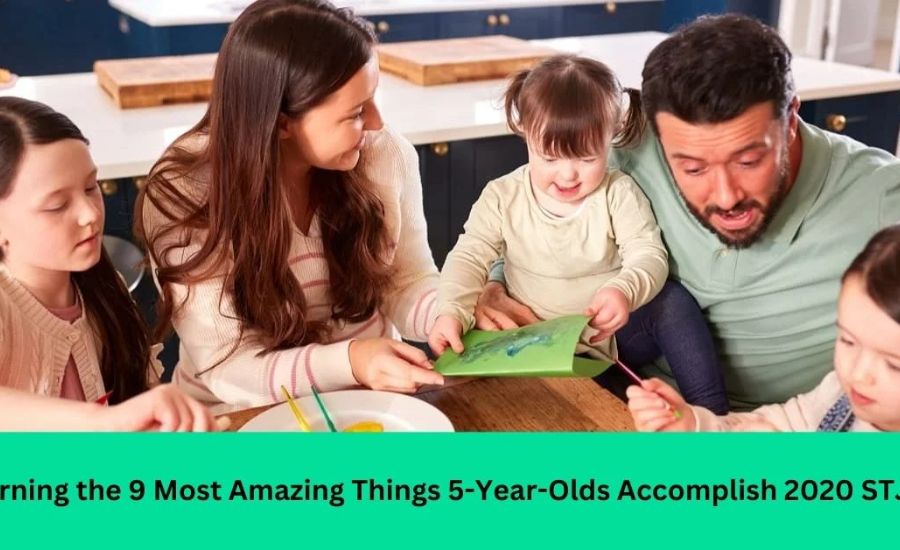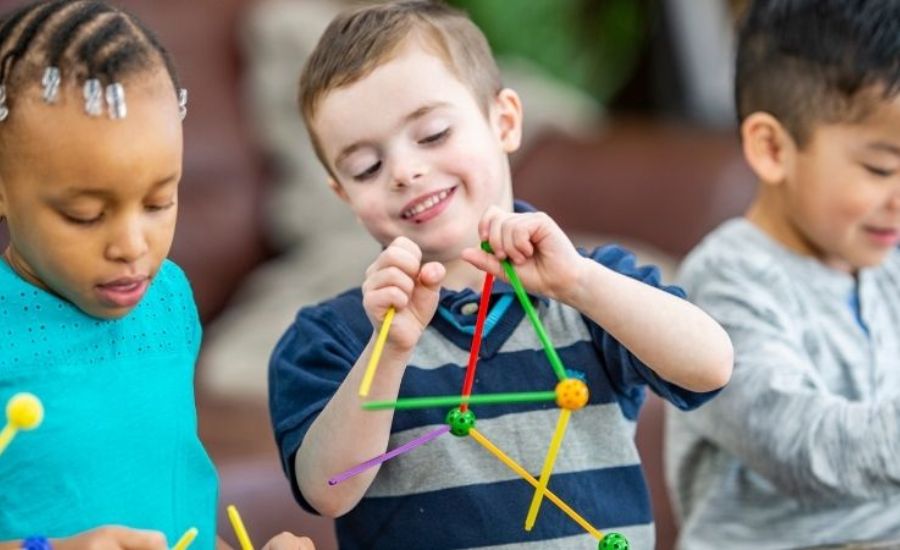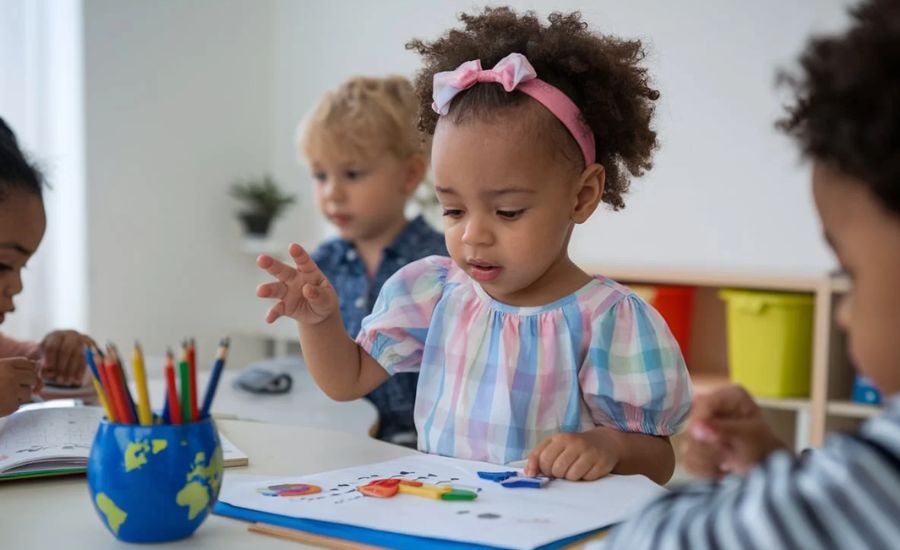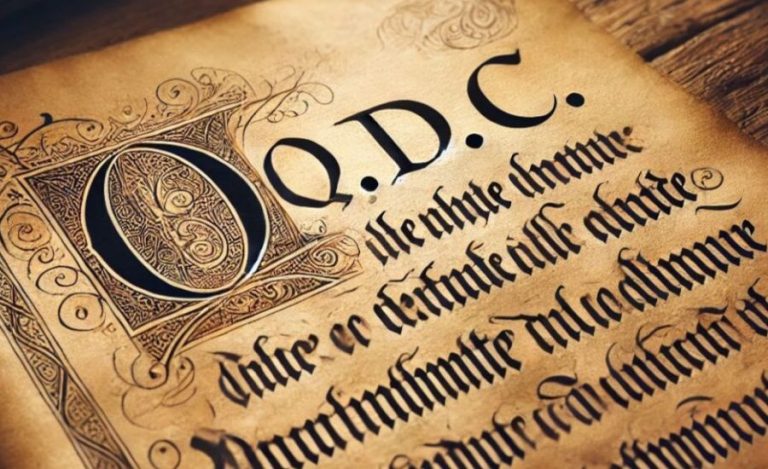Learning The 9 Most Amazing Things 5-Year-Olds Accomplish 2020 Stjcc & More
Introduction to Learning The 9 Most Amazing Things 5-Year-Olds Accomplish 2020 Stjcc
An infant’s development reaches a critical stage at the age of five, as evidenced by a significant rise in body, cognition, and emotion. Accelerated independence and the development of new skills that set the stage for future success are characteristics of this period. Knowing those developmental milestones is essential for parents and teachers to provide the right kind of support and direction to help a kid reach their full potential.
This article highlights the skills that develop throughout this crucial period by examining nine significant achievements that are frequently accomplished with 5-year-olds. These milestones cover a variety of areas, from language development, where children are able to form more complex phrases and have meaningful conversations, to subtle motor abilities, which include the capacity to run, jump, and use utensils with ease. Social competencies also evolve, with children starting to understand the concept of sharing, following policies, and forming friendships.
Recognizing and nurturing those trends now not simplest supports immediate boom however additionally establishes a sturdy foundation for future studying and fulfillment. By creating a fine and supportive environment, caregivers can assist children navigate this vital stage, boosting their self assurance and getting them ready for the demanding situations ahead. Understanding those milestones allows for greater tailored procedures to teaching, ensuring that each infant’s particular development is sufficiently addressed.
Gaining Proficiency in Basic Skills

Children reach important developmental milestones at age five, which serve as the foundation for further education. The development of early reading, writing, and math abilities is one of the most significant achievements at this point. These core skills offer a solid basis for their future academic endeavors. The 2020 epidemic forced many schools to adopt remote learning. Children thus showed that they could learn in new ways and were flexible enough to adjust to virtual classes. under order to ensure that children continued to develop their critical reading and numeracy skills even under challenging circumstances, parents and educators collaborated to employ digital technologies.
At age five, a kid reaches the pinnacle of their emotional, cognitive, and physical development. Children begin to show signs of increased independence throughout this period, along with new talents and abilities that will prepare them for the future. Parents and educators must recognize these developmental milestones in order to offer the proper advice and support.
Cognitive Development
Children’s minds develop rapidly at age five, taking in new knowledge swiftly and broadening their comprehension of the world around them. During this stage, adolescents begin to understand abstract ideas like time and cause-and-effect linkages, and they also get much better at solving problems. They become more articulate and use language to communicate themselves more confidently and clearly as their cognitive abilities develop.
This period of development is critical because it establishes the framework for later, more complex thinking and learning. When a five-year-old’s curiosity is stimulated and provided opportunities for investigation, it strengthens their comprehension and communication skills.This builds a solid foundation for success in and outside of the classroom.
Understanding Abstract Concepts
Children who were previously unable to understand abstract concepts start to get a deeper knowledge of them at the age of five. They begin to distinguish between the past, present, and future and grasp concepts like “yesterday,” “today,” and “tomorrow.” This is one of the main areas of progress in their understanding of time. They can better navigate everyday routines and plan ahead thanks to this cognitive jump.
Not only do they comprehend time, but their emotional intelligence also starts to develop. Five-year-olds begin to identify emotions in others and become more conscious of their own feelings. They might even attempt to console a friend who is distraught over losing a toy, for instance, if they are able to comprehend the situation. Their social development greatly benefits from this increasing empathy, which enables them to navigate relationships with greater awareness and sensitivity and to build stronger bonds with their peers.
Building Blocks of Growth: Fundamental Skills Mastered by Five-Year-Olds
By the time they are five years old, children have accomplished significant developmental milestones that get them ready for higher schooling. Children can create longer, more complex phrases and express themselves more clearly because to their rapidly expanding vocabulary.
This is one obvious area of progress in their language abilities. Their improved social interactions and comprehension of their surroundings are bolstered by their newly acquired communication skills.
Five-year-olds begin to develop basic math skills in addition to verbal skills. They start to understand fundamental ideas like subtraction, basic addition, and counting, which lays the foundation for later academic success. These early numeracy abilities are vital because they set kids up for later, more complex problem-solving and logical thinking. This developmental stage is essential for fostering self-assurance and creating a strong basis for their future academic and personal development.
The World Through Their Eyes: Grasping Abstract Concepts
At age five, children begin to grasp more complex and abstract ideas, such as the concept of time. They start understanding the sequence of days in a week and can follow the order of events throughout the day, like knowing what comes before or after certain activities. This newfound understanding helps them create a sense of routine and structure, which is crucial for their cognitive development.
Five-year-olds also improve their capacity to identify patterns and symbols, which helps them make the connection between concrete experiences and abstract thought. They are able to gain a deeper grasp of the world around them through this cognitive shift, which improves their ability to solve problems and comprehend how things work. These developmental milestones give children the ability to interact more fully with their environment and lay a strong foundation for learning in the future.
Artistic Expression: Drawing, Writing, and Crafting

At the age of five, one of the most significant developments is the improvement of fine motor skills. These abilities enable children to handle more intricate tasks such as drawing, writing, and crafting with greater precision. Many five-year-olds become particularly interested in artistic expression, often drawing detailed pictures of people, animals, and everyday objects, reflecting their expanding creativity.
During this stage, children also begin to practice writing their names and simple words. They can practice writing letters and numbers more precisely since they have more control over writing implements like pencils and crayons. Furthermore, doing crafts, such cutting shapes with scissors or adhering things together, improves their fine motor abilities even more. These experiences lay the groundwork for future learning and growth by enhancing their confidence in both artistic and academic endeavors as well as their capacity to complete intricate tasks.
Hand-Eye Coordination: The Foundation for Future Academic Skills
Hand-eye coordination is strengthened by fine motor development and is necessary for writing, typing, and using a variety of tools in the classroom and beyond. Children who have better coordination are better able to manage physical activities and can take part in more challenging games that call for dexterity and control.
Parents can support this development by providing their kids with opportunities to practice their fine motor skills. Getting kids involved in arts and crafts, drawing, constructing blocks, and even playing with toys that require precise motions can all greatly increase their dexterity. These activities support their physical growth as well as their creativity and problem-solving abilities. By offering a range of opportunities, parents may help their kids improve their fine motor abilities, which will equip them for future academic and practical problems.
Building Resilience
The development of resilience in five-year-olds was one of their most notable accomplishments in 2020. Children showed an amazing ability to adjust to the tremendous problems brought about by the pandemic, including periods of social isolation and disturbances to routines. Using play, imagination, and their families’ support, they managed to cope with the uncertainty.
Five-year-olds were able to develop emotional resilience throughout this phase of transition, learning how to deal with unfamiliar situations and bounce back from failures. The abilities they acquired throughout this period, such flexibility and problem-solving, are critical traits that will support them in overcoming obstacles in the future. One of the most significant turning points in their early development was their 2020 resiliency, which laid the groundwork for their future progress.
Independence and Self-Reliance

A crucial developmental period that is characterized by a rising sense of independence and self-sufficiency begins for children at age five. As kids gain more knowledge about the world, they start to voice their preferences and make decisions, developing their maturity and sense of accountability for their own wants and belongings.
Their whole development has undergone a dramatic shift as a result of their growing independence since it fosters assurance and confidence. Their sense of independence grows as they begin to take responsibility for tasks like getting dressed, tidying up after themselves, and making little decisions. This is a critical period for laying the foundation for children to become competent, confident adults who are ready to take on new tasks as they continue to study and grow.
FACT:
- Cognitive Development: Five-year-olds rapidly expand their cognitive abilities, allowing them to understand abstract concepts, such as time and cause-and-effect relationships.
- Language Skills: At this age, children develop a richer vocabulary, enabling them to form more complex sentences and express themselves more clearly.
- Basic Math Skills: Five-year-olds begin to grasp fundamental math concepts, including basic addition, subtraction, and counting.
- Understanding of Time: They start to comprehend the sequence of days and can distinguish between past, present, and future, enhancing their ability to create routines.
- Fine Motor Skills: Children improve their fine motor skills, allowing them to draw, write their names, and engage in crafting activities with greater precision.
- Hand-Eye Coordination: This development is crucial for future academic tasks, such as writing and using various tools.
- Artistic Expression: Five-year-olds often show a keen interest in artistic activities, creating detailed drawings and practicing their writing skills.
- Resilience: In 2020, children demonstrated remarkable resilience, adapting to the challenges posed by the pandemic and learning to cope with uncertainty through play and family support.
- Independence: This age marks a growing sense of independence, as children start taking responsibility for their belongings and making their own decisions.
Conclusion
In the end, the age of 5 represents an essential period in an infant’s improvement, characterized by means of full-size improvements across diverse domain names. At this stage, youngsters start to exhibit increased independence, enhanced cognitive competencies, and subtle motor talents, which collectively lay the foundation for future academic and personal boom. Key developmental milestones inclusive of stepped forward language use, fundamental math comprehension, and a better understanding of time signal the fast evolution in their cognitive talents. Additionally, the capacity to express themselves artistically and the improvement of resilience, especially in difficult instances just like the 2020 pandemic, underscore their adaptability and developing emotional intelligence.
These accomplishments no longer handiest showcase the developmental strides made by way of 5-12 months-olds however also emphasize the importance of a supportive and nurturing environment. By recognizing and fostering those competencies, parents and educators can help kids navigate this formative level with self belief, putting them up for long-term success. Ultimately, information about the achievements normal at this age permits extra tailored aid, ensuring that every infant’s particular developmental journey is fully nurtured and celebrated.
FAQs:
- What are the key developmental milestones for five-year-olds?
- Five-year-olds typically master fundamental skills such as early math, reading, and writing, showing significant advancements in cognitive, physical, and emotional development.
- How do five-year-olds demonstrate cognitive development?
- At this age, children rapidly expand their cognitive abilities, allowing them to understand abstract concepts, such as time and cause-and-effect relationships, and they become better problem solvers.
- What language skills do five-year-olds develop?
- Five-year-olds develop a richer vocabulary, enabling them to form more complex sentences and express themselves more clearly in conversations.
- What basic math skills do five-year-olds begin to understand?
- Children start to grasp fundamental math concepts, including basic addition, subtraction, and counting, laying the foundation for future academic success.
- How do five-year-olds comprehend the concept of time?
- They begin to understand the sequence of days and can distinguish between past, present, and future, which enhances their ability to create routines and manage daily activities.
- What improvements do five-year-olds make in fine motor skills?
- Children improve their fine motor skills, allowing them to draw, write their names, and engage in crafting activities with greater precision.
- How does hand-eye coordination develop in five-year-olds?
- This development is crucial for future academic tasks, such as writing and using various tools, and is strengthened through fine motor activities.
- What role does artistic expression play in a five-year-old’s development?
- Five-year-olds often show a keen interest in artistic activities, creating detailed drawings and practicing their writing skills, which enhances their creativity and self-expression.
- How did the pandemic affect the resilience of five-year-olds in 2020?
- In 2020, children demonstrated remarkable resilience by adapting to the challenges posed by the pandemic, coping with uncertainty through play and family support.
- What signs of independence do five-year-olds exhibit?
- This age marks a growing sense of independence, as children start taking responsibility for their belongings and making their own decisions, fostering confidence and self-reliance.
Read More Information About Education At discoverparadox


